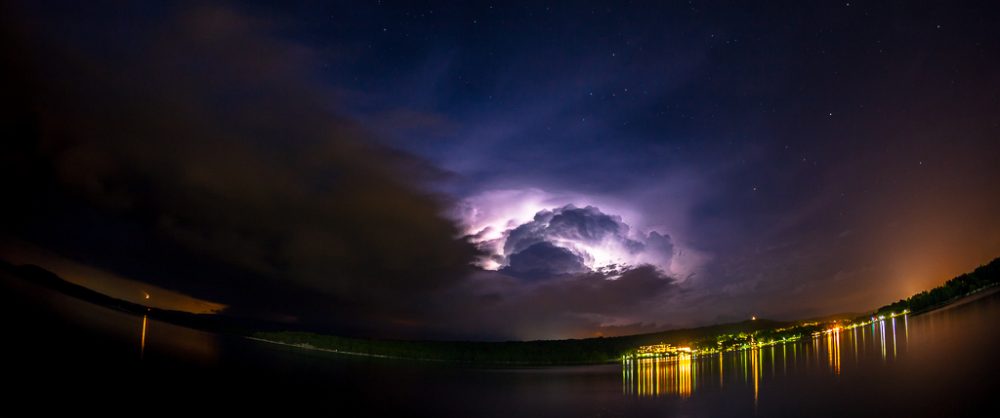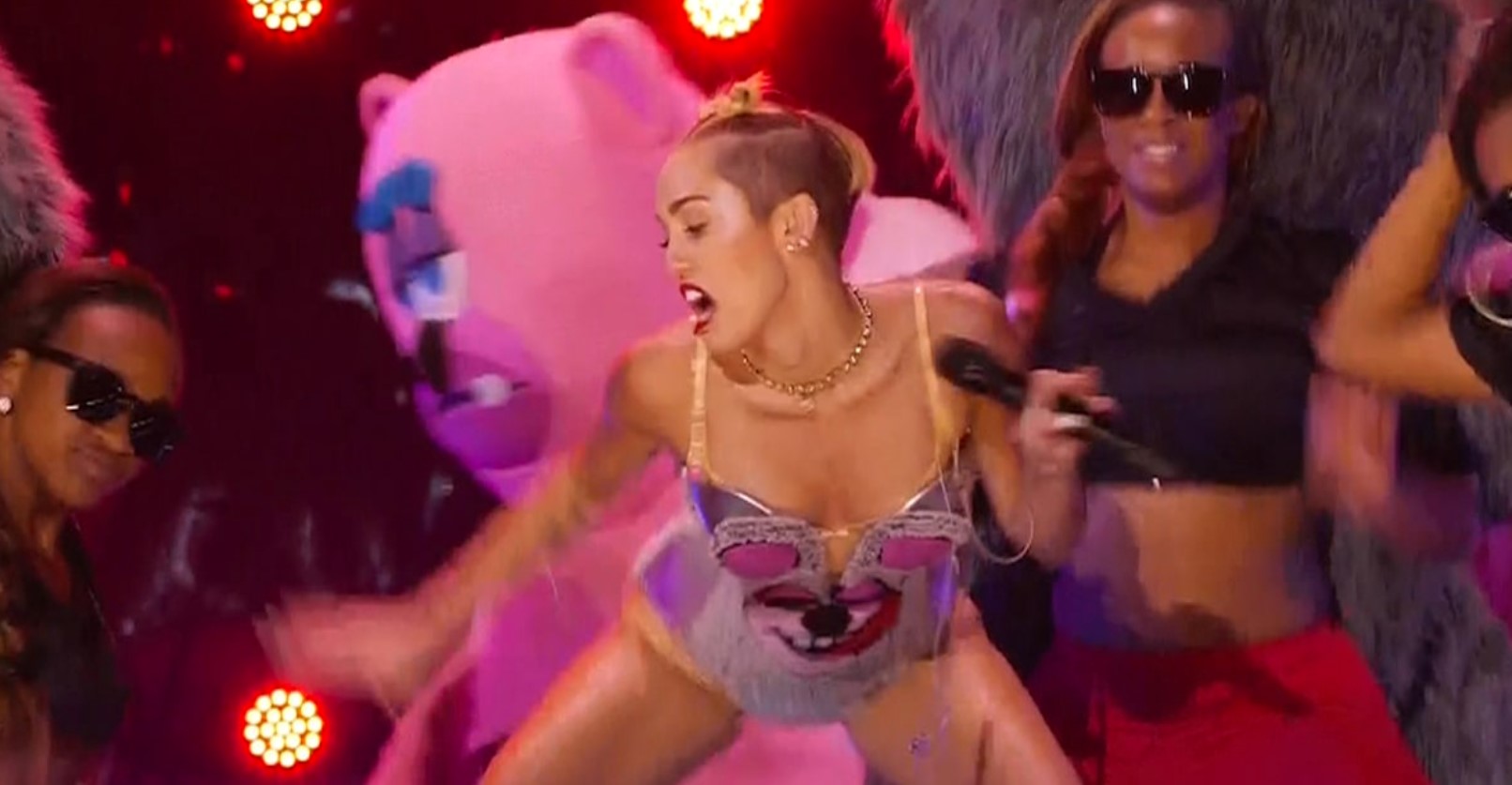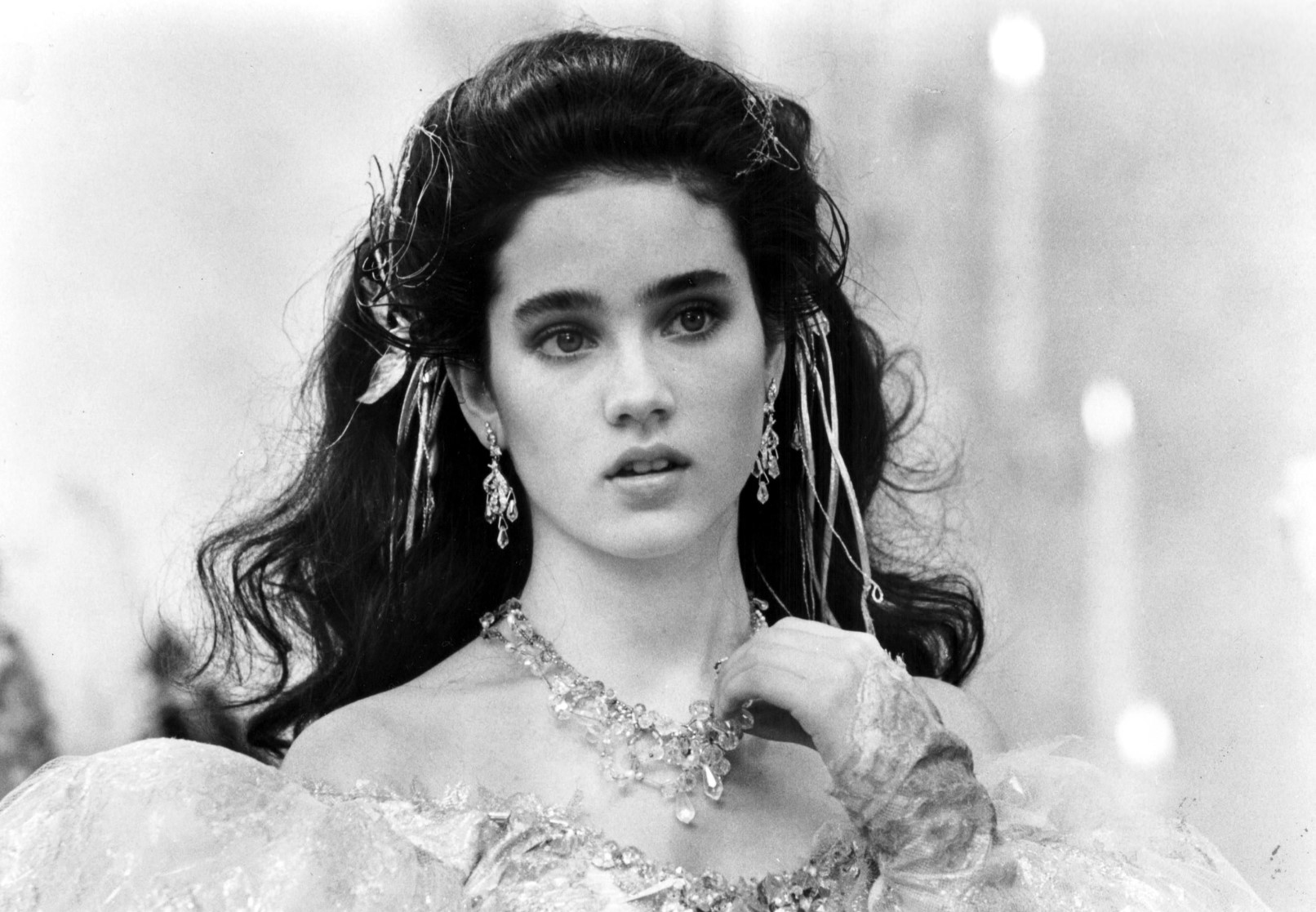Nothing extreme seems to be going on, but I have a feeling that “something” is around the corner and things might quite suddenly go to shit, so I’ll write down what I think makes sense to do.
Spiritual preparations
From what I can tell, the last warning was given around this time in 2020 – get your affairs in order, acquire and keep spiritual detachment from this world, orient yourselves towards God, basically live as if this might go on for a long time, and yet be ready to leave at any moment. When the warning was given I had the feeling that what follows will be a relatively long period of “nothing”, which will make people not take the warning seriously, and then the lightning will strike in an instant, and then they’ll whine that they haven’t been warned. Apparently, you can’t win – if you issue a warning and the event you’re warning against follows quickly, they whine that they haven’t been warned early enough to do anything constructive. If you warn them early enough, they laugh at you and say that obviously nothing happened and you’re deluded.
Financial preparations
You already know what I’ll say here – keep all savings in form of physical gold and silver. Ensure that you have access to it and that it isn’t kept in some building with armed guards who will keep you from entering in a crisis. Don’t trust the system – the banks and the states will conspire against you. The corporations will obey the laws, and the laws will be made by the people who couldn’t care less about you. Keep as much money in the bank as you need for the monthly liquidity; bills need to be paid and you need to be practical about it. Also, keep enough cash in case the banks become defunct, but not too much – cash is a necessary intermediary step between banks not working and you having to resort to gold and silver for expenses. My rule of the thumb for cash is always keep at least 200 dollars or euros per person, and don’t exceed the amount you need for food, fuel and medical expenses per month. This is not even that much of a “prepping” advice, it’s a common sense thing, because the credit/debit cards are known not to work occasionally and you need to have backup. Any kind of debt might become fatal, in the sense that if the banking and financial system becomes defunct, you will not be able to service your debt, but the banks and the states will conspire to simply take your collateral without even asking for your input in any way. Some kind of emergency measures will be taken and everybody will get fucked, except for the rich people in power. They will do the fucking.
Physical preparations
Shelter, food, water, medications, hygiene products. Try to stock up on things you need that might become unavailable if foreign trade is disrupted – detergent, soap, toothpaste, toilet paper, and so on. Try to have everything you need to keep in touch with family and friends in case of emergency – at an absolute minimum, a smartphone, charger and a battery pack to keep it working in case of a prolonged power outage. Keep a “return home safely” backpack ready and take it in your car whenever you go far enough that you would have a problem if you had to return home on foot in case of a total traffic collapse. Keep spare bottles of drinking water in your car – it costs you nothing to have them there, and it won’t go bad, so it’s cheap insurance. If you have multiple residences, keep a cache of food, water and other stuff at each location. Keep your car ready at all times. The absolute minimum you must be able to endure with your cache of food is two weeks; the absolute minimum of drinking water supplies should be two days, if you can rely on the utilities working. In any case, do the best you can. I am aware that if the water and electricity are permanently disrupted, it’s game over, and having your own off-grid water and electricity supply is just not an option for most people. However, assume that what you have locally will keep working, and whatever is sourced remotely will be unavailable, so stock up on that well in advance, while the prices are still normal. As for the gadgets, having computers behind an UPS that filters power is recommended; having a radiation dosimeter that is able to detect alpha and beta sources, in order to check if food and water are safe, is great. Having a battery-powered radio to be able to hear the news in case of an emergency combined with a power outage and Internet failure is good, but you probably already have one in your car. Having a quadcopter drone in order to be able to see from a high vantage point and check the surroundings out of your line of sight is useful. Having a bicycle that will give you mobility in case there’s no fuel for the car is very good. Absolutely have at least one battery powered flashlight per person, and a cache of both rechargeable and alkaline batteries at each residence. Having a garden where you can grow some food is great in case of a prolonged collapse.
Summary
The point of preparations is to return to God with your soul in good condition, and to avoid as much of misery, suffering, destitution, starvation and other joys of material existence as possible before that.


